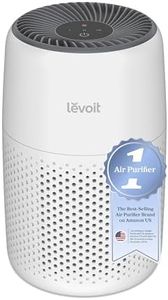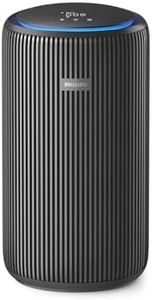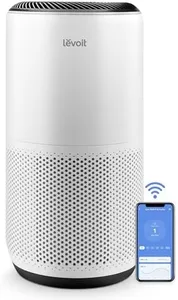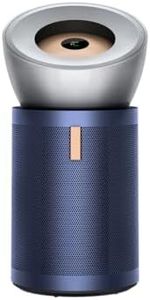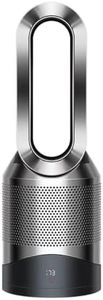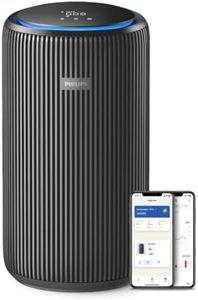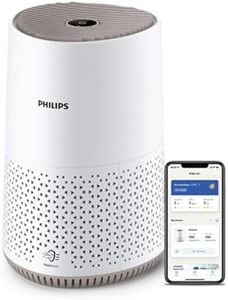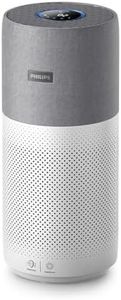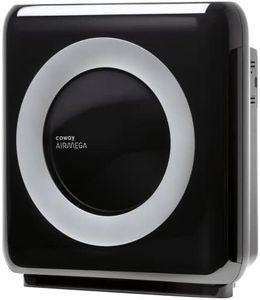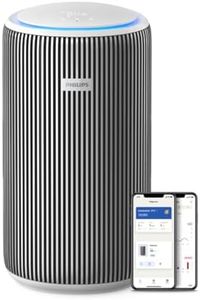We Use CookiesWe use cookies to enhance the security, performance,
functionality and for analytical and promotional activities. By continuing to browse this site you
are agreeing to our privacy policy
10 Best Quiet Air Purifiers
From leading brands and best sellers available on the web.Buying Guide for the Best Quiet Air Purifiers
Choosing a quiet air purifier is all about balancing how effectively it cleans the air with how unobtrusive it is in your environment. Whether you want to use it in your bedroom, office, or nursery, understanding the main specifications will help ensure you end up with a device that fits your needs for both clean air and a peaceful atmosphere. Always think about where you’ll use the air purifier, how sensitive you are to noise, and what pollutants you most want to remove.Noise Level (dB)Noise level, measured in decibels (dB), tells you how loud the air purifier will sound when it's running. For quiet air purifiers, this is often the most important spec. Lower dB values mean quieter operation; typically, 20-30 dB is very quiet and suitable for bedrooms, 30-40 dB is still gentle and good for living spaces, while 40 dB and above might be noticeable, especially in silent rooms. If you’re sensitive to sound or will use the purifier while sleeping, look for models with noise levels below 30 dB on their lowest settings.
Room Coverage (Square Footage)Room coverage describes the maximum size of space the air purifier can effectively clean, usually given in square feet or square meters. It’s important because a unit that’s too small won’t clean your air well, while one that’s too large may waste energy or be physically too big. Small bedrooms or offices might need purifiers that cover up to 150-200 square feet; larger living areas require 300-500 square feet or more. Choose a purifier that matches the room where you’ll use it most often.
Filter TypeFilter type refers to the technology the air purifier uses to clean the air. The most common is HEPA (High Efficiency Particulate Air), which captures tiny particles like dust, pollen, and pet dander. Some also include activated carbon filters for odors and gases, or pre-filters for larger debris. HEPA filters are best for allergy sufferers, while carbon filters help with smells. Select the filter type based on the main air quality issues you want to solve—for example, allergies, smoke, or pet smells.
Fan Speed SettingsFan speed settings allow you to adjust how quickly and forcefully the purifier circulates air. More speed options give you control over noise and cleaning power. Typically, the lowest setting is quietest, but higher settings clean the air faster at the cost of more noise. For a bedroom, you may want more speed flexibility so you can keep it ultra-quiet when sleeping but turn it up as needed.
Auto or Sleep ModeAuto or sleep mode refers to features that let the purifier adjust its performance automatically or operate quietly during the night. Sleep mode usually dims lights and lowers fan speed for near-silent operation while you rest. Auto mode can detect air quality and change speeds accordingly, which can help save energy and control noise by only running high when necessary. If you want hassle-free and unobtrusive use, look for these modes.
Size and DesignSize and design cover how big and visually ‘present’ the air purifier is in your space. Larger units may provide higher capacity, but might not suit smaller or shared rooms. A compact or slim model fits bedside tables or desks easily and is usually preferred for bedrooms or offices. Pick the size and aesthetic that matches the room while still meeting your performance needs.



